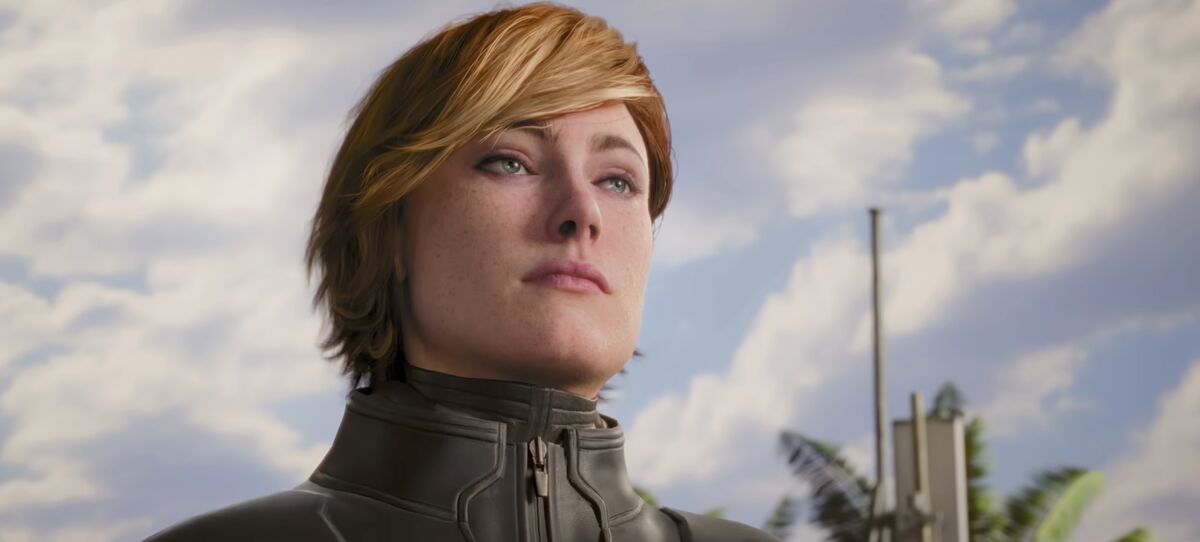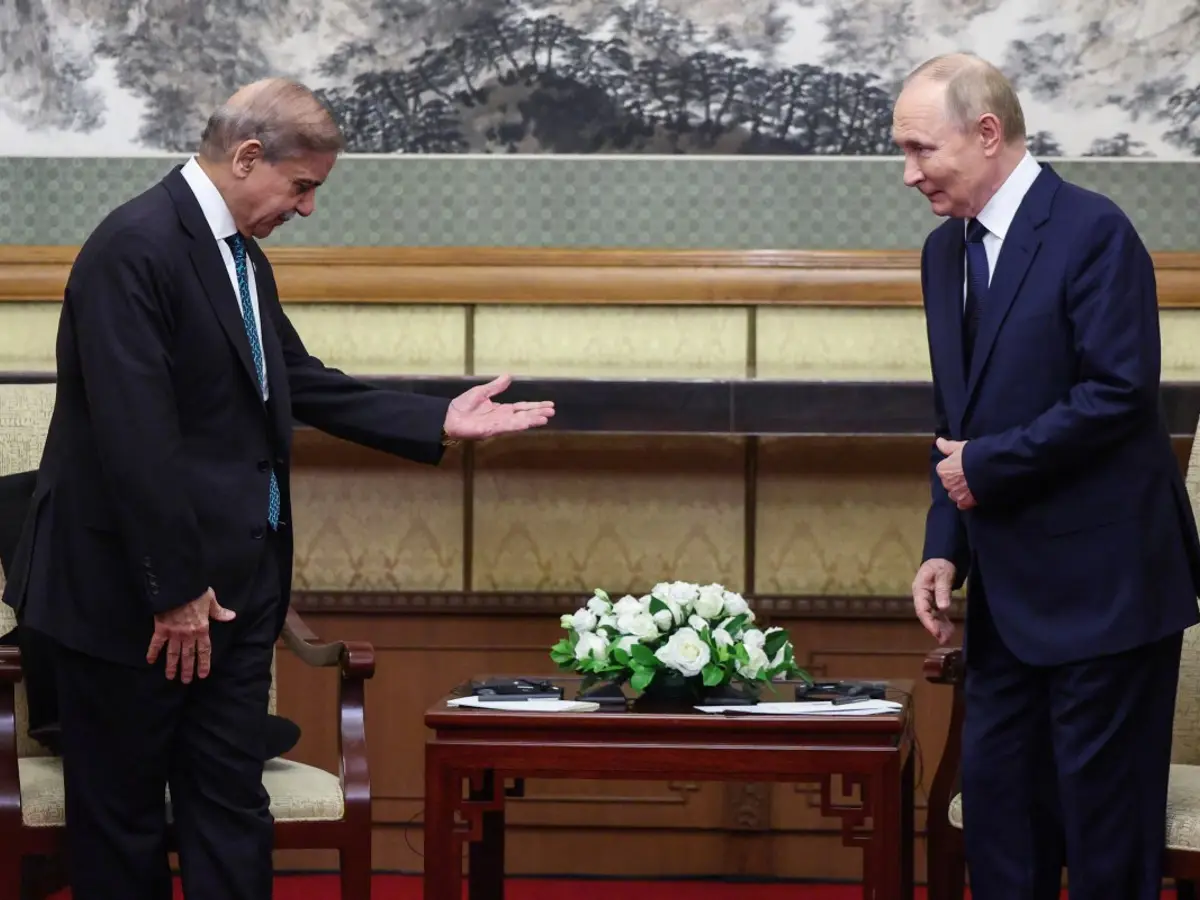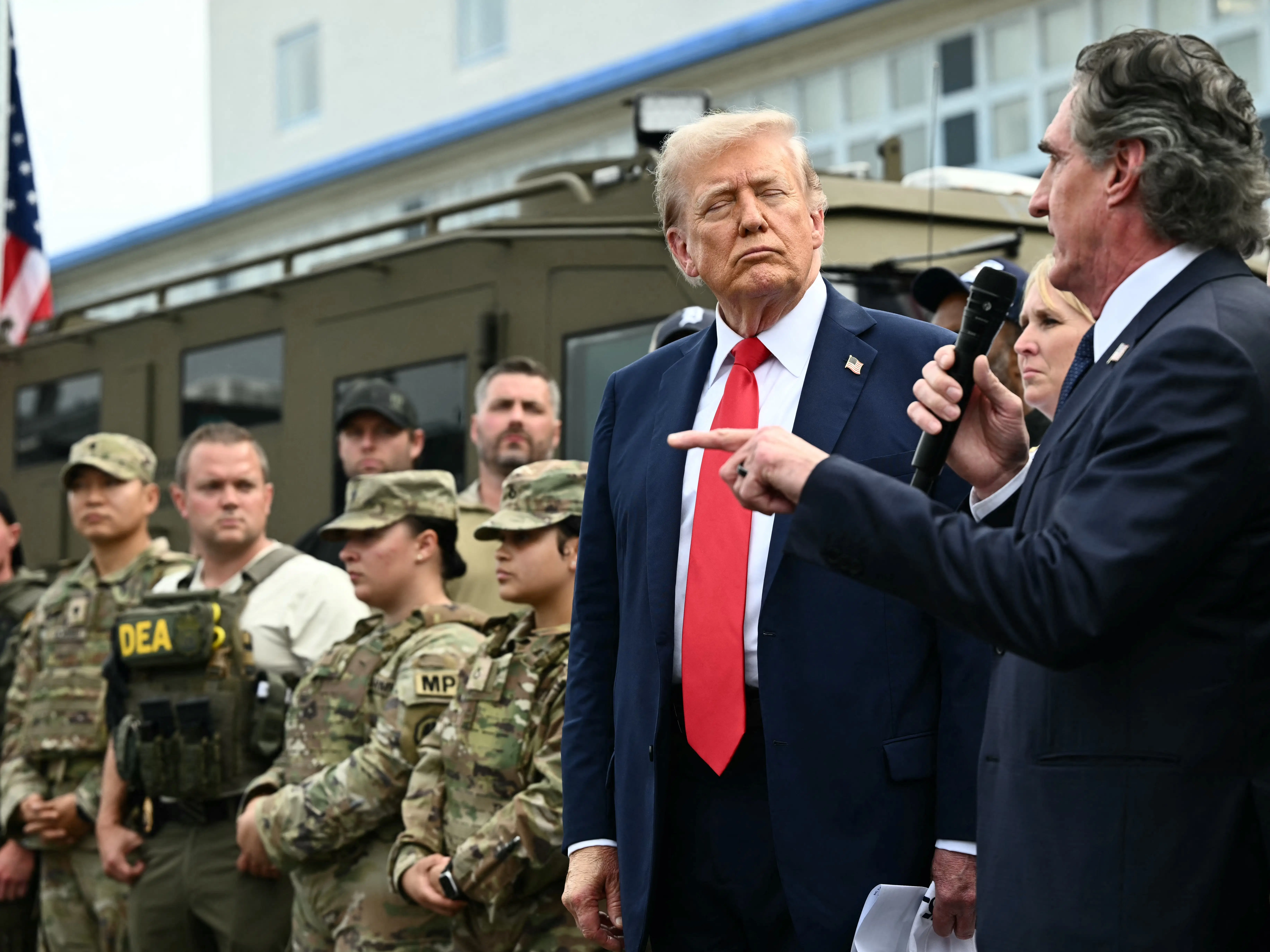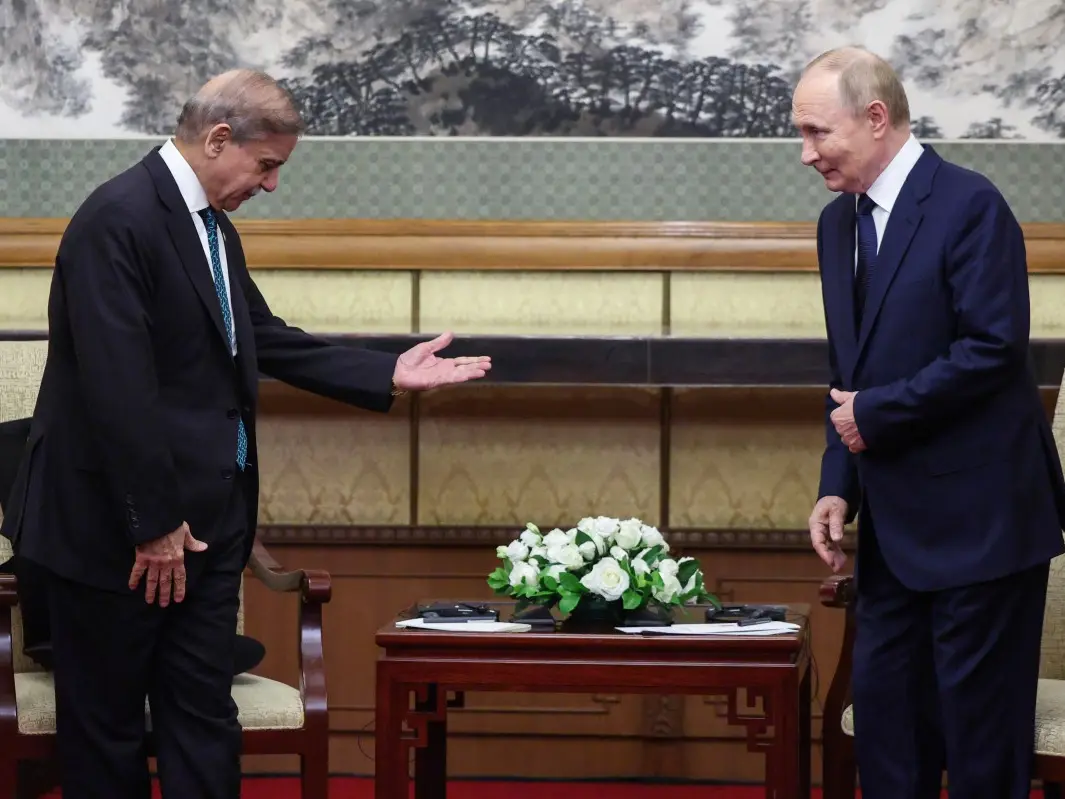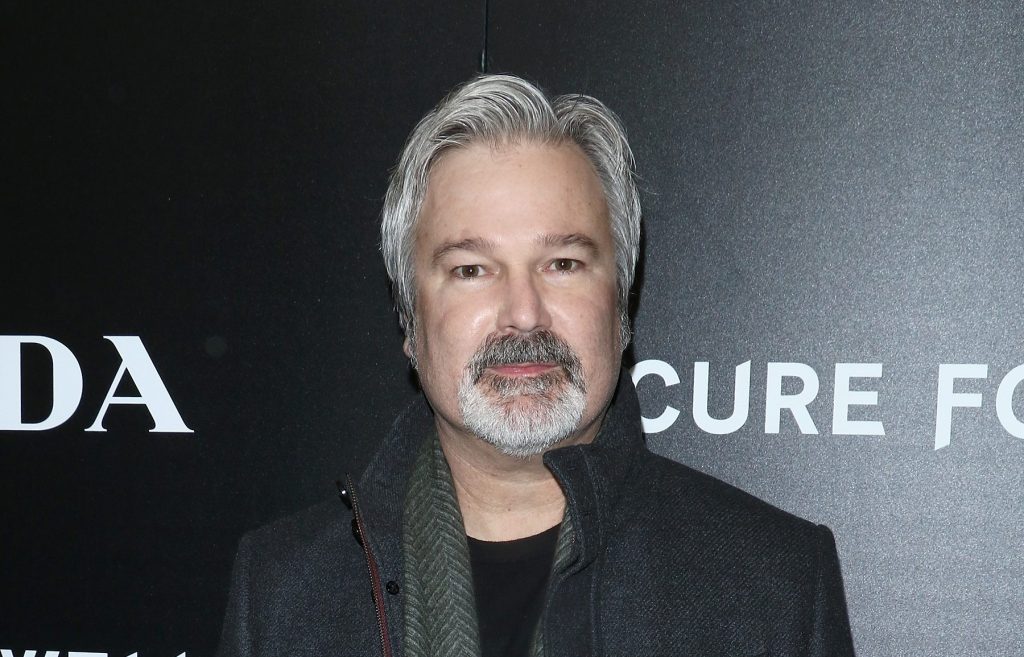For years, scientists have marveled at bacteria’s ability to digest the seemingly indigestible, including carbon from lignin, the tough, woody material that gives plants their rigidity.
Now, a new Northwestern University study shows that Pseudomonas putida, a common soil bacterium, completely reorganizes its metabolism to thrive on these complex carbons. By slowing down some metabolic pathways while accelerating others, the bacterium manages to extract energy from lignin without exhausting itself.
The findings could have implications for the biomanufacturing industry, which has long sought to harness Pseudomonas putida to break down lignin and upcycle it into biofuels, plastics and other useful chemicals. The new information could help researchers build efficient and productive microbial factories.
The study was published on Friday (Aug. 29) in Communications Biology. It marks the first quantitative blueprint of how bacteria coordinate carbon metabolism and energy production during digestion of lignin carbons.
“Lignin is an abundant, renewable and sustainable source of carbon that could potentially provide an alternative to petroleum in the production plastics and valuable chemicals,” said Northwestern’s Ludmilla Aristilde, who led the study. “Certain microbes naturally have an ability to make precursors to valuable chemicals that are lignin-based rather than petroleum-based. But if we want to take advantage of that natural ability to develop new biological platforms, we first need to know how it works. Now, we finally have a roadmap.”
An expert in the dynamics of organics in environmental processes, Aristilde is a professor of civil and environmental engineering at Northwestern’s McCormick School of Engineering and a member of the Center for Synthetic Biology, the International Institute of Nanotechnology and the Paula M. Trienens Institute for Sustainability and Energy.
Notoriously tough to digest
After cellulose, lignin is the second most abundant biopolymer on Earth. When broken down, it produces a mix of chemical compounds, including phenolic acids, which could be used as renewable feedstocks for valuable chemicals. But scientists have struggled to understand how bacteria manage to feed on these complex compounds.
These complex compounds are made up of a ring of six carbons with chains of carbons attached to the ring. Few organisms can process these compounds efficiently. In other words, it simply takes too much energy to digest.
“Before we eat food, we have to shop for it, cook it and eventually chew it up,” Aristilde explains. “That whole process uses energy but consuming the food also gives us energy. There is a balance between the energy we exert to make the food versus the energy we derive from the food. It’s the same for soil microbes.”
Shifting from a major highway to back roads
To probe how bacteria strike this balance, Aristilde and her team grew Pseudomonas putida on four common, lignin-derived compounds. Then, they used a suite of “multi-omics” tools — including proteomics, metabolomics and advanced carbon-tracing techniques — to map exactly how the bacteria move carbon through their metabolism.
Aristilde likened this metabolic network to a collection of roads in a busy urban area.
“We wanted to see what happens on every street at very high resolution,” she said. “We wanted to know where every ‘stoplight’ and ‘traffic jam’ might occur. That allowed us to determine which pathways are important to balance the energy in a way that is optimal for the cell.”
The team discovered that, when faced with lignin, the bacterium rewires its metabolism into a high-energy mode. It ramps up the level of enzymes for certain metabolic reactions — sometimes by hundreds- to thousands-fold — to reroute digestive pathways, shifting carbon away from the “main highway” to backup metabolic “roads” to avoid bottlenecks. Due to this metabolic remodeling, the bacteria produced six times more ATP — a molecule that provides energy — compared to when it consumes easier-to-digest compounds.
A delicate balance
While these strategies keep Pseudomonas putida balanced and functioning, the researchers also found the system is fragile. When they tried to relieve bottlenecks by overexpressing certain enzymes, the approach backfired, and the bacteria’s metabolism fell out of its careful balance.
“Engineering strategies can often result in negative effects on the metabolism in a completely unexpected way,” Aristilde said. “By speeding up the flow of one pathway, it can introduce an imbalance in energy that is detrimental to the operation of the cell.”
This finding is especially important for biotechnology applications, where engineers often tweak bacteria’s metabolism to produce bio-based fuels and chemicals. Aristilde says it’s important to understand bacteria’s natural energy rules before trying to push them to work harder. By revealing which pathways are speed bumps or energy boosters, the biotech industry can develop smarter strategies for harnessing bacteria to produce sustainable products from plant waste.
“Before this study, we could not explain exactly the coordination of carbon metabolism and energy fluxes important in the rational design of bacterial platforms for lignin carbon processing,” Aristilde said. “We just had to figure it out as we went along. Now that we have an actual roadmap, we know how to navigate the network.”
The study, “Quantitative decoding of coupled carbon and energy metabolism in Pseudomonas putida for lignin carbon utilization,” was supported by the U.S. Department of Energy (award number DE-SC0022181).
